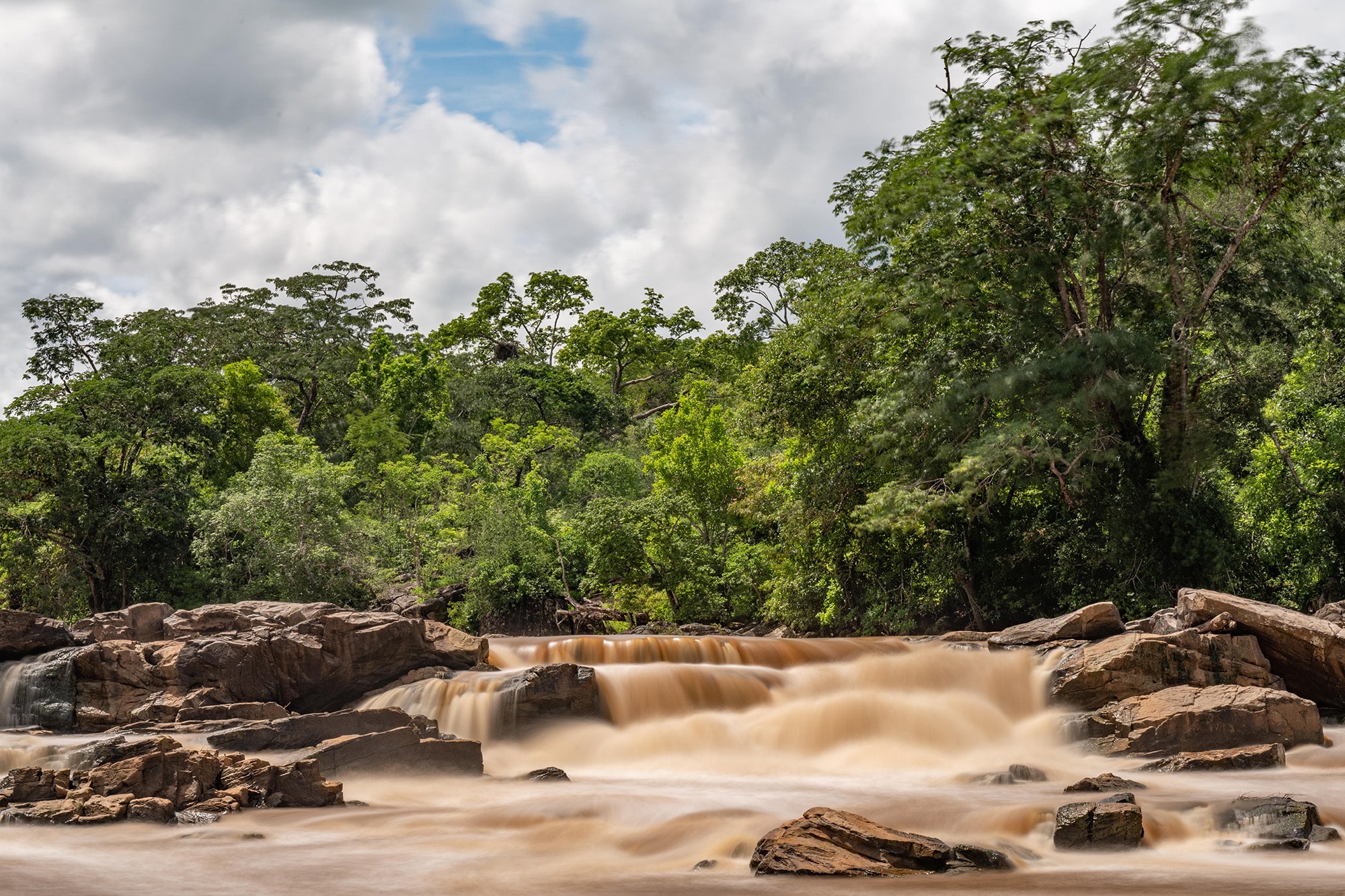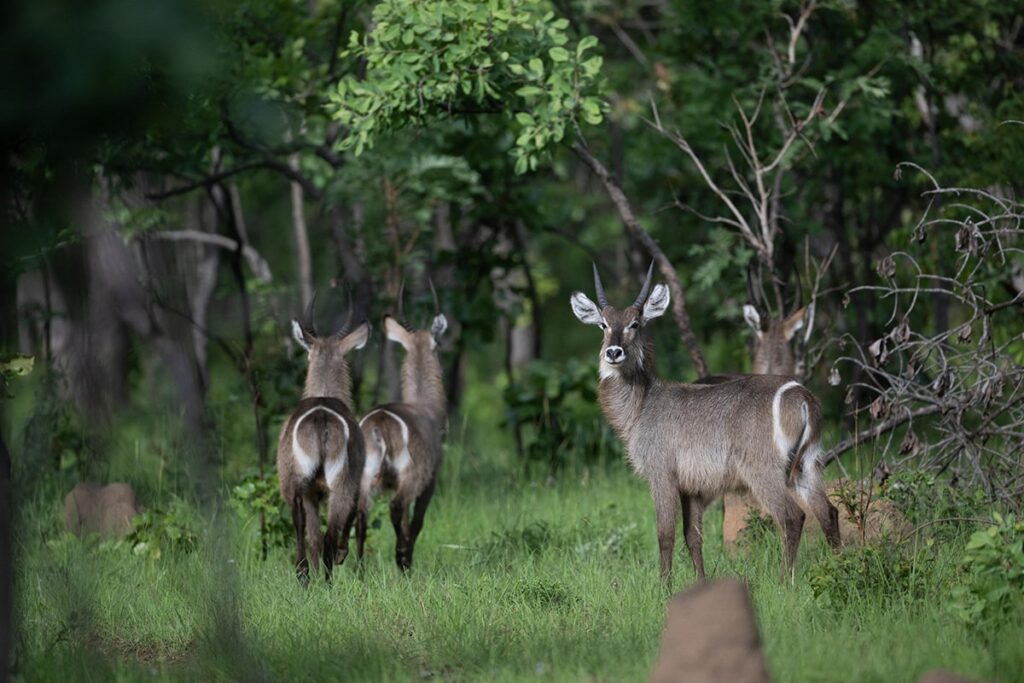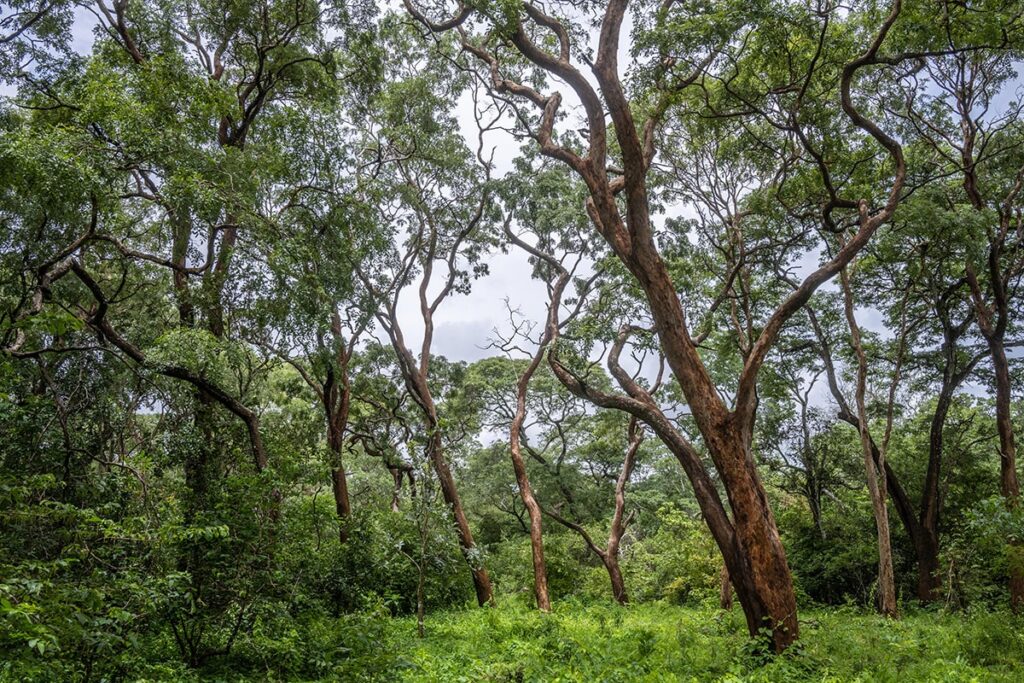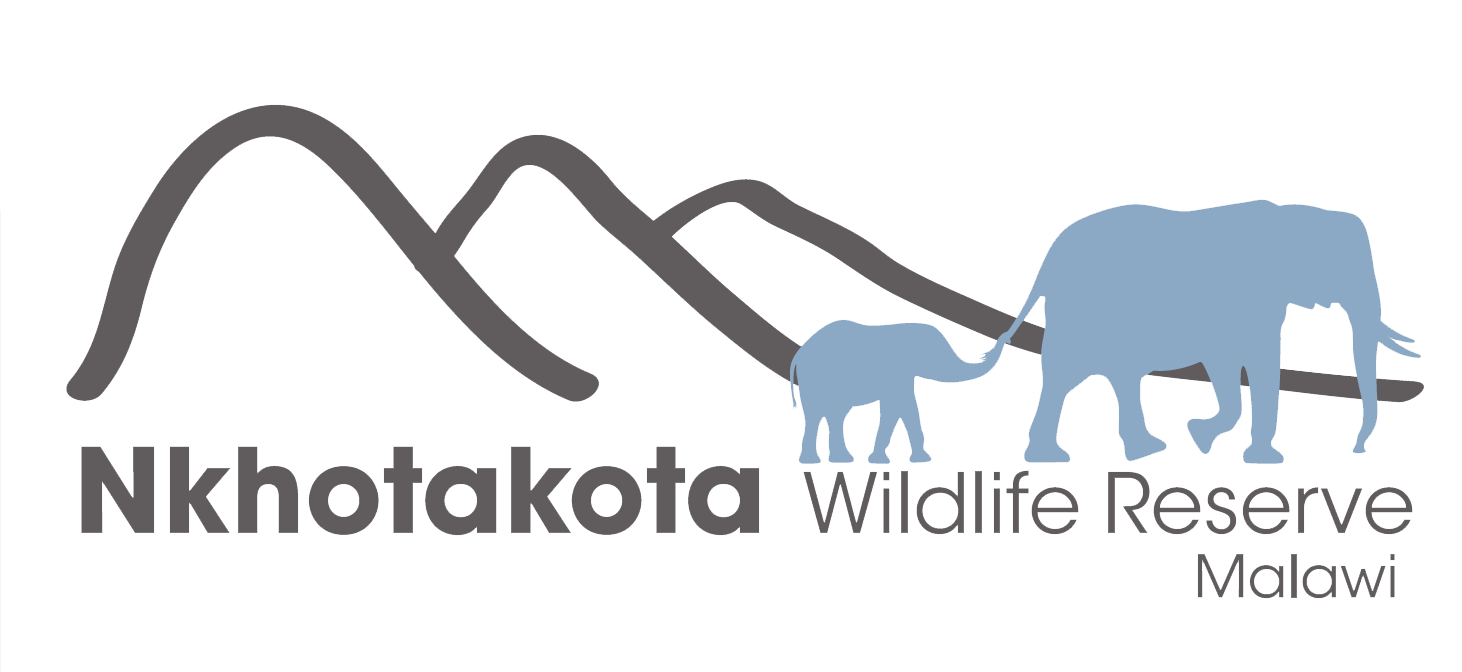
About Nkhotakota Wildlife Reserve
Introduction
For many years, few visitors explored the beautiful landscape of Nkhotakota Wildlife Reserve. Years of unchecked poaching had left wildlife numbers decimated, and only the most intrepid explorers entered the gates. Happily, that is in the past. In the few short years since African Parks took over management of Nkhotakota in 2015, the incredible 500 Elephants initiative and others have helped restock the reserve’s once near-empty woodlands. Tourism is on the rise, as is employment and other livelihood projects. Life – human and wildlife alike – has returned to one of the wildest protected areas in Malawi.
Biodiversity Restoration
With its forests silent and empty, the challenge facing African Parks and its partner, the Department of National Parks and Wildlife (DNPW), was enormous. The solution was equally impressive – in one of the largest translocations ever, more than 500 elephants and almost 2,000 animals of other species were moved from Liwonde and Majete national parks to increase diversity and numbers in the reserve. This was followed in 2022 with another successful reintroduction of over 800 animals from Liwonde. These conservation efforts to restore Nkhotakota’s wildlife and ecology included translocations of hippo, eland, kudu, zebra, impala, warthog, sable, buffalo and waterbuck.
Since then, wildlife sightings have increased significantly, especially in the lower Bua area. Game counts have noted steady growth in the elephant population and excitingly, in 2019, roan antelope and honey badger were caught on camera traps – both species had been thought to be extinct in the reserve. Nkhotakota’s wildlife is on its way to full restoration.

To make the reserve safe for wildlife, conservation law enforcement teams patrol the area, and have arrested poachers, collected hundreds of wire snares, filled in pit traps and confiscated illegal fishing nets. As a result, illegal activity and poaching have dropped by 50% since 2015.
Community Involvement
The reserve has generated meaningful and sustainable benefits for the more than 100,000 people who live around it. Educational outreach and development activities includes supporting wildlife clubs, granting scholarships to over 200 secondary school and university students, building schools and teachers’ houses and – partnering with Book Aid – distributing 24,000 books to over 70 schools. There’s also a weekly community radio program about conservation, a litter-collection campaign and boreholes being drilled in villages to provide water that is safe for all to drink.

Income-generating projects include beekeeping, a Goat Pass-on Project to address protein needs, small-scale irrigation farming, and wild mushroom harvesting. Finally, the area as a whole is being restored, as over 84,000 fruit and indigenous tree seedlings are planted by communities and schools.
The 309km perimeter fence – completed in 2020 – has been a great success in helping to minimize human-wildlife conflict and has allowed wildlife to move more freely throughout the reserve.
Park Revenue Generation
To increase accessibility for management and to enhance the tourism experience, new roads and tracks have been built, particularly in the tourism section. Thanks to this, the reserve’s renovated lodges and impressively situated campsites – to say nothing of a new game-viewing hide on the Bua River – are welcoming those with wanderlust in increasing numbers.
Nkhotakota employs a total of 135 permanent employees, all of whom are nationals, and 150- 200 casual employees every year. Tourism revenue is collected at gate entry, as well as from guided walks and the reserve’s Mphatso Coffee Shop.

